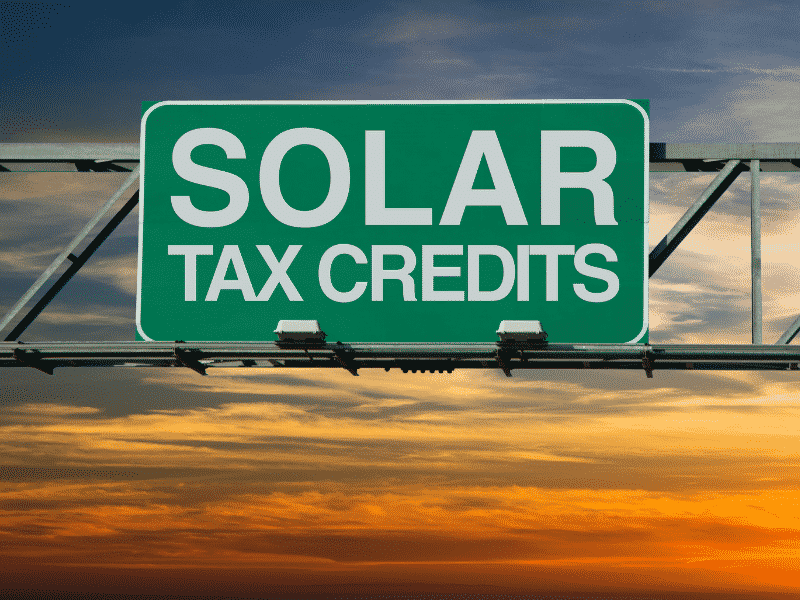What is the Federal Solar Tax Credit?
The Federal Government has extended the Federal Solar Tax Credit. 2020 was a challenging year. We experienced the worst of the pandemic, with America being hit harder. However, the year has ended, and 2021 looks promising thanks to the launch of the Covid-19 vaccine. Maybe you were among those who contemplated installing solar panels at their residential building before the end of last year, and unfortunately, you didn’t. You are not alone.
Here is the good news for you! You’ll be thrilled to learn that the US Congress passed a bill in late December extending the federal solar tax credit. Wait, what do we mean exactly, and what does this bold move by Congress mean to homeowners who want to go solar? Keep reading this article to discover more.
How can the Federal Solar Tax Credit Benefit Me?
This is one of the incentives offered by the federal government under Investment Tax Credit (ITC). The Solar Tax Credit has been in place at least from 2005, where homeowners enjoyed 30% off the income taxes. Nevertheless, a phase-down plan lowering the credits to 26% in 2020, 22% in 2021, and down to zero in 2022 was adopted in 2015.
Under the old plan, it would mean this year the tax credits will be 22%. However, Congress extended the 26% solar tax incentives for two years when it passed the $1.4 trillion omnibus package and $900 billion Covid-19 relief package (from which most Americans will receive a $600 paycheck ).
Homeowners installing new solar systems in 2021 and 2022 will be eligible for a 26% solar tax credit. In 2023 this will reduce to 22% and down to zero from January 1, 2024.
Does the Extension Benefit Homeowners?
To understand this better, let’s look at a typical example. Let say you want to install a 10-kWh solar system in your home, which your contractor is willing to fulfill at $30,000. If you accomplish so between now and the end of 2022, the 26% federal tax credit will guarantee you $7,800 off your income tax for the year of installation.
However, you would receive a $6,600 (22%) tax credit for the same investment if the extension were not secured. Quick math shows a difference of $1,200 more for your savings. What’s even more exciting about the extension is in 2022 (which was meant to have zero tax credits), you’ll still enjoy this 26% relief. Therefore, the earlier you switch to solar, the better.
That’s not the only advantage of the federal solar tax credits, though. Suppose you still want to install a power storage battery like Tesla Powerwall along with the solar panels. In that case, the battery price too would count in the total investment eligible for the tax relief.
Research also shows that solar system installation costs will continue to go down in 2021 and behold. This is backed by a statement issued by the International Energy Agency declaring solar energy the “cheapest electricity in history.”



Other Reasons the Federal Solar Tax Credit helps to Go Solar Now
Though you may see that tax credit as not enough reason for you to switch to solar energy at your home, check out these other benefits:
- State-Specific Incentives: Across the USA, states offer different solar inducements. That’s another opportunity to increase your savings. E.g. Texas Solar Rebates
- Net Metering: Your utility company may offer to buy the excess energy produced by your solar system during the day for equivalent energy credits off the grid.
- Increased Home Value: Homes equipped with a solar system have higher market value than those without one. Therefore, don’t worry; you can recover your investment in the future if you decide to sell the property.
- Save on Utility Bills: The price of grid electricity is high and will continue to rise. Solar energy is a cheaper alternative. These excess dollars can go a long way to help, for example, in emergency savings or long term/retirement savings.


